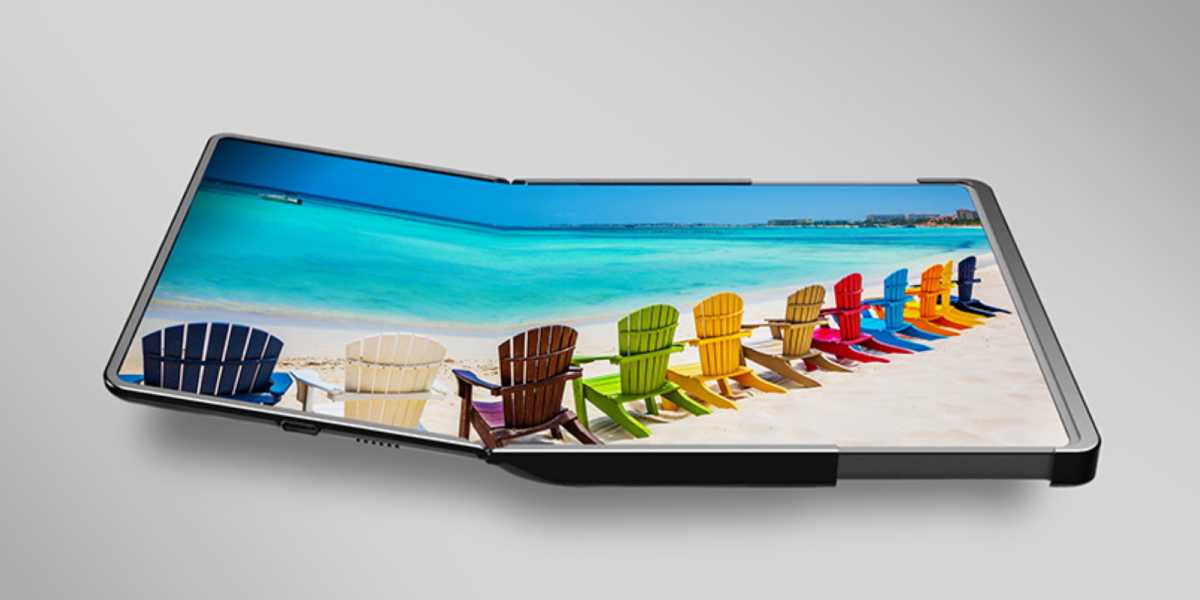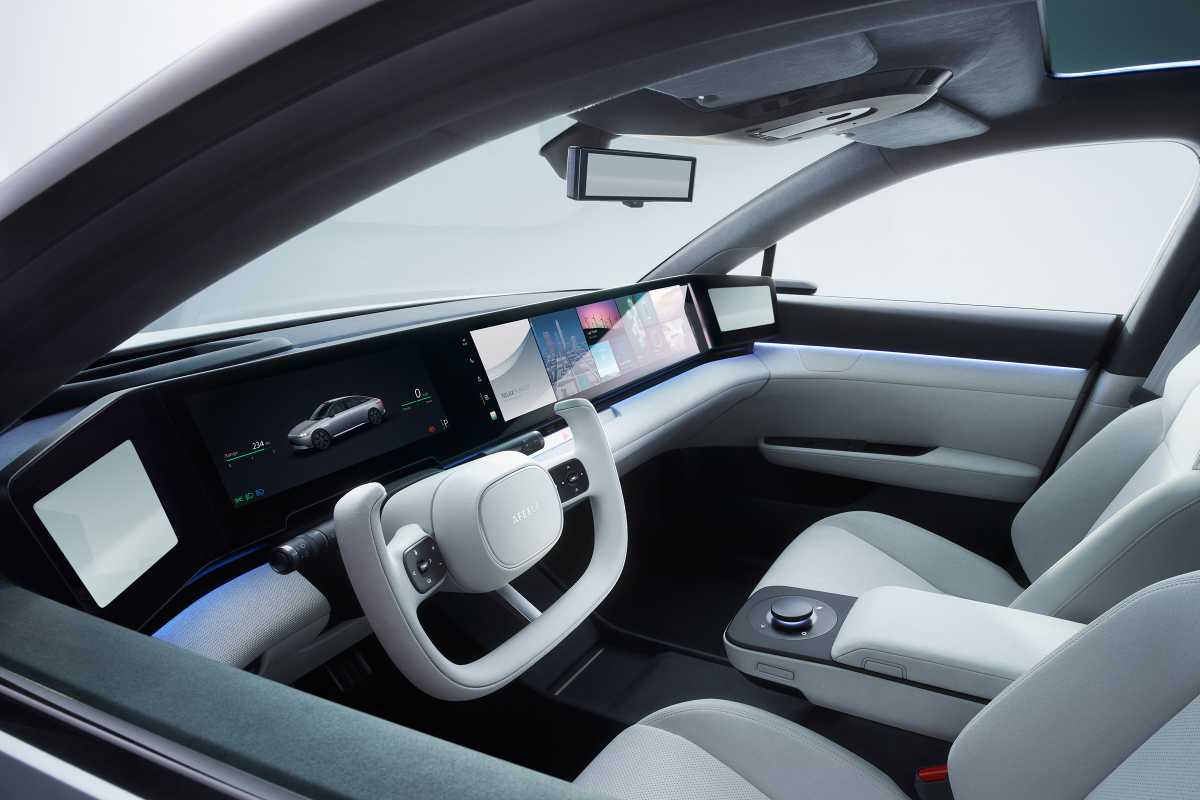For the most part, the annual Consumer Electronics Show in Las Vegas doesn’t really concern Apple fans. Ever since Apple stopped delivering Macworld expo keynotes in 2009, January has traditionally been a very quiet month for Apple, and the flurry of CES announcements doesn’t do much to change that.
Sure there are announcements that pertain to Apple users, such as the Otterbox OtterGrip that gives you MagSafe and a built-in grip or Plugable’s new Thunderbolt 4 dock for the MacBook Pro, but most of the CES announcements won’t register on Apple fans’ radars. But maybe they should. Among all the laptops, TVs, and sounders are some CES trends that Apple fans should definitely know.
Apple Display imitators are looking good
They may be a little pricey, but Apple’s Studio Display and Pro Display XDR are two of the best and best-looking monitors you can buy. A pair of Thunderbolt-compatible CES products seem designed to change that.

Samsung
Samsung’s 27-inch 5K ViewFinity S9 is a direct Studio Display competitor with a gorgeous metal frame, a 4K camera, and a matte finish to reduce glare. And Dell’s new UltraSharp monitor has the same 32-inch 6K size and resolution as the Pro Display XDR but also adds a 4K camera and a height-adjustable stand with “intuitive easy access to ports so you can connect your accessories and devices easily.”
We don’t know how much these monitors will cost when they ship in the first half of the year—or what display upgrades Apple has up its sleeve for 2023—but Mac users looking for an attractive monitor should have a few more options soon.
MagSafe is about to be everywhere
MagSafe hasn’t changed much since it arrived on the iPhone 12, but 2023 could be its breakout year. During CES, the Wireless Power Consortium announced a new Qi2 standard with a new Magnetic Power Profile built on Apple’s MagSafe tech. That means MagSafe should get better as the consortium promises “significant future increases in wireless charging speeds” and hopefully spur a lot more accessories.
A folding iPhone is slightly more realistic
We’re probably still a long way off from a folding iPhone, mainly because the benefits are dubious. At CES, however, Samsung showed off two new flexible OLED displays—the Flex Hybrid that can both slide and fold from a 10.5-inch display to a 12.4-inch one, and Flex Slidable Duet that expands in both directions from 13.5 inches to 17 inches.

Samsung’s new Flex Hybrid concept folds and slides.
Samsung Display
Both displays are concepts that are probably years away from mass production, but it shows how the tech is progressing. A folding iPad makes a lot more sense for Apple than a folding iPhone, and these new displays are sure to pique Apple’s interest.
Apple is living rent-free in PC chipmakers’ heads
Apple didn’t unveil a new chip or a new laptop at WWDC, but you wouldn’t know that by listening to Intel and AMD. Intel announced its 13th Gen Intel Core mobile processor family by boasting it has the highest clock speed available for the laptop market. Meanwhile, AMD claimed its new Ryzen 7040 Series Mobile processors “outperform the Apple M2 CPU by up to 20 percent while being up to 50 percent more energy efficient” while the Ryzen 7040HS Series Mobile processors offer “up to 34 percent faster multithreaded performance” over an M1 Pro MacBook Pro with 32GB of RAM.
For two companies that should be fighting each other, they’re paying an awful lot of attention to Apple and its 15 percent market share. Apple has just two Mac chips and hasn’t unveiled its most powerful machine yet, and it’s already getting the biggest PC chipmakers to stand up and take notice. If that’s not a sign that Apple’s doing things right, I don’t know what is.
The Apple Car suddenly isn’t so far-fetched
We’ve been hearing about the Apple Car for the better part of 10 years now; a company that makes portable gadgets and computers building an automobile seems as implausible as ever. But we saw some things at CES that made us think twice.

The Afeela from Sony and Honda has a very Apple-like feel to it.
Afeela
Sony is teaming up with Honda to bring its electric car vision to fruition with Afeela, which is targeting a 2025 launch. The car has futuristic stylings and a slick interior that is reminiscent of Apple’s next-gen CarPlay system.
Also making its debut at CES was BMW’s i Vision Dee which can change colors thanks to 240 individual E Ink panels as well as a touch-sensitive steering wheel and a windshield display controlled by a Mixed Reality Slider. It’s a far-flung concept, though BMW says some of the i Vision Dee’s features will be available by 2025.
Both concepts are less about the car than the tech, and it’s hard not to see them as a preemptive strike against a mythical Apple Car. It’s also not hard to see how Apple could shock the world with it own vehicle one day, especially if it partners with an existing manufacturer as Sony did.